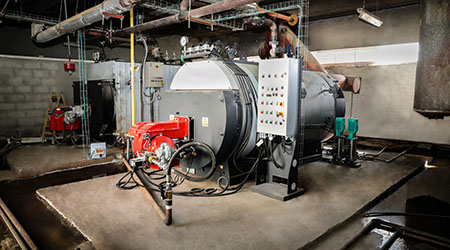While the COVID-19 pandemic has affected nearly every aspect of operations for healthcare organizations and facilities, the priorities that existed prior to February 2020 remain largely intact. For most facilities managers, this means that the search for energy efficiency in buildings goes on.
When it comes to healthcare design, energy efficiency is always a challenge. Evidence-based design in conjunction with strategic energy management might be one means to reduce the costs associated with energy use in healthcare facilities. Recent studies on energy efficiency in healthcare facilities offer managers some guidance, according to Health Facilities Management.
For example, as in many parts of the world, most Italian hospitals were built before 1980, making it critical to know which energy efficient updates to prioritize. A study out of Italy points to the potential of window glazing for large windows in patient room windows.
Larger patient room windows bring in more natural light, improving patient experience and satisfaction, but at the same time opening up the building for major heating and cooling energy loss. Using building energy dynamic simulations, researchers examined various window sizes, glazing types and window orientations on energy efficiency in the patient room.
Findings highlight the importance of evaluating the heating and cooling demands separately. They suggest appropriate glazing may make it possible to increase the size of windows in patient rooms — and the patient and staff benefits that come with it — without major thermal transmission losses in the winter or solar gains in the summer.

 Designing Healthcare Facilities for Pediatric and Geriatric Populations
Designing Healthcare Facilities for Pediatric and Geriatric Populations Kaiser Permanente Announces New Hospital Tower at Sunnyside Medical Center
Kaiser Permanente Announces New Hospital Tower at Sunnyside Medical Center Building Disaster Resilience Through Collaboration
Building Disaster Resilience Through Collaboration Amae Health Expands to New York City
Amae Health Expands to New York City Hospital for Special Surgery Opens Two New Facilities in New Jersey
Hospital for Special Surgery Opens Two New Facilities in New Jersey